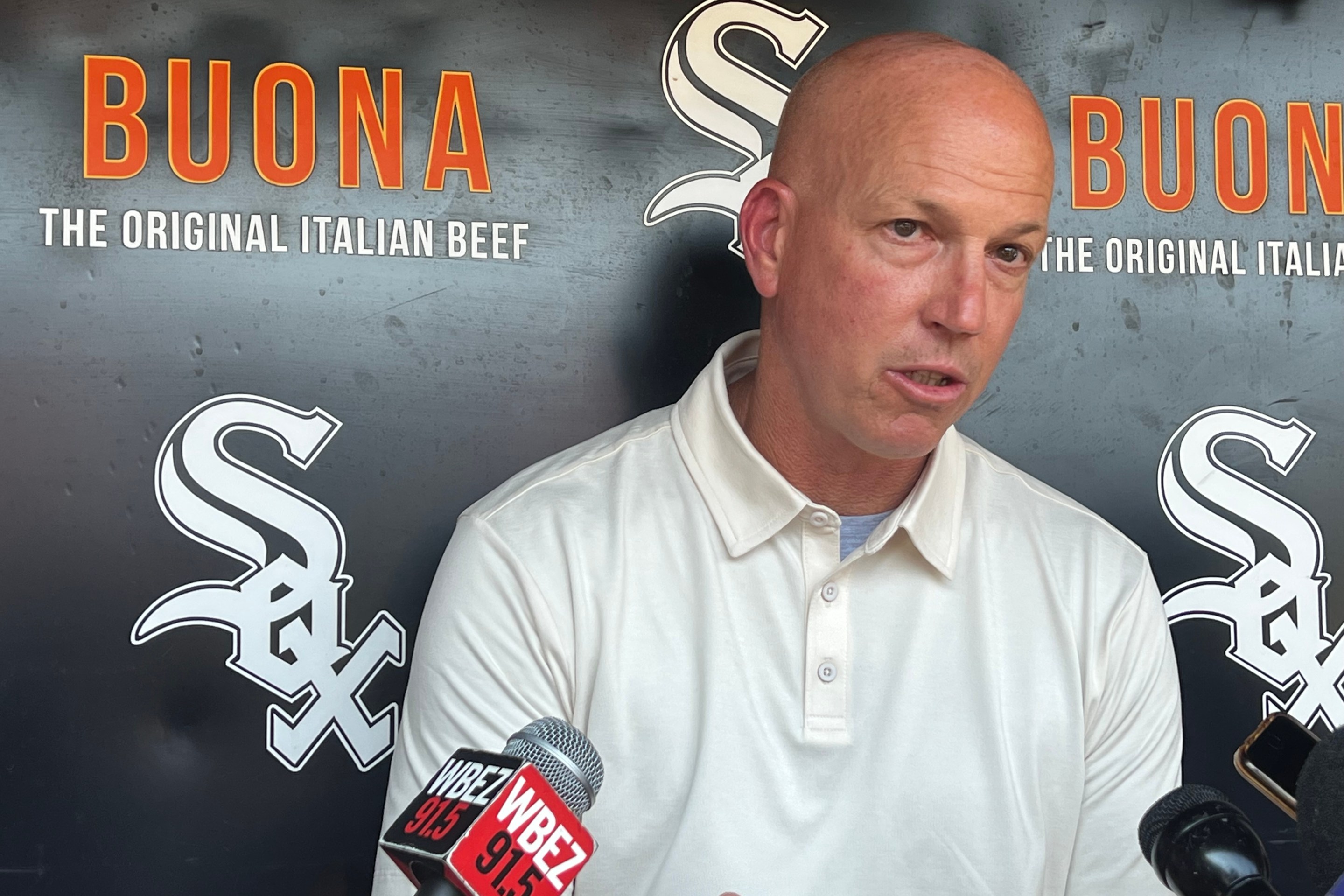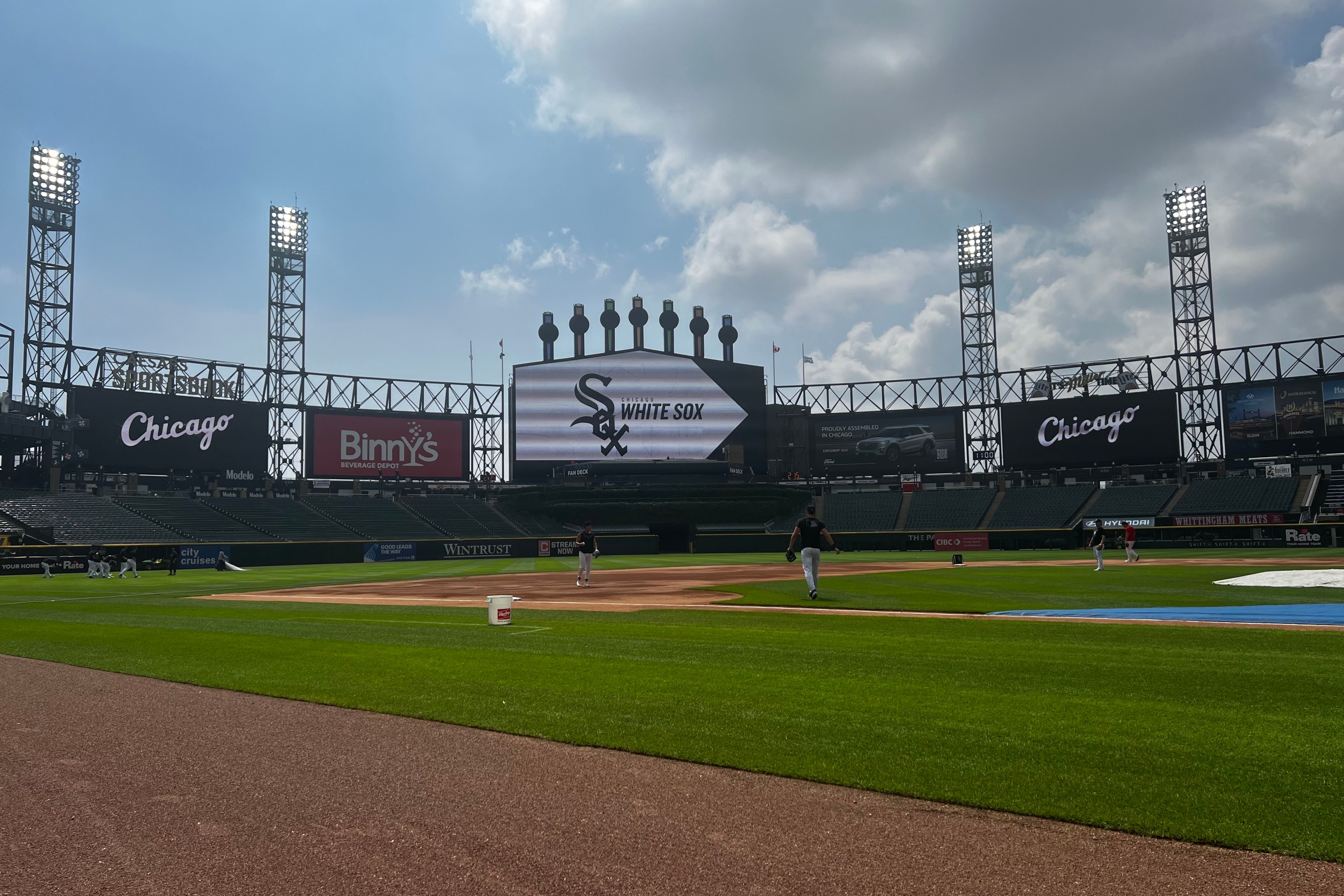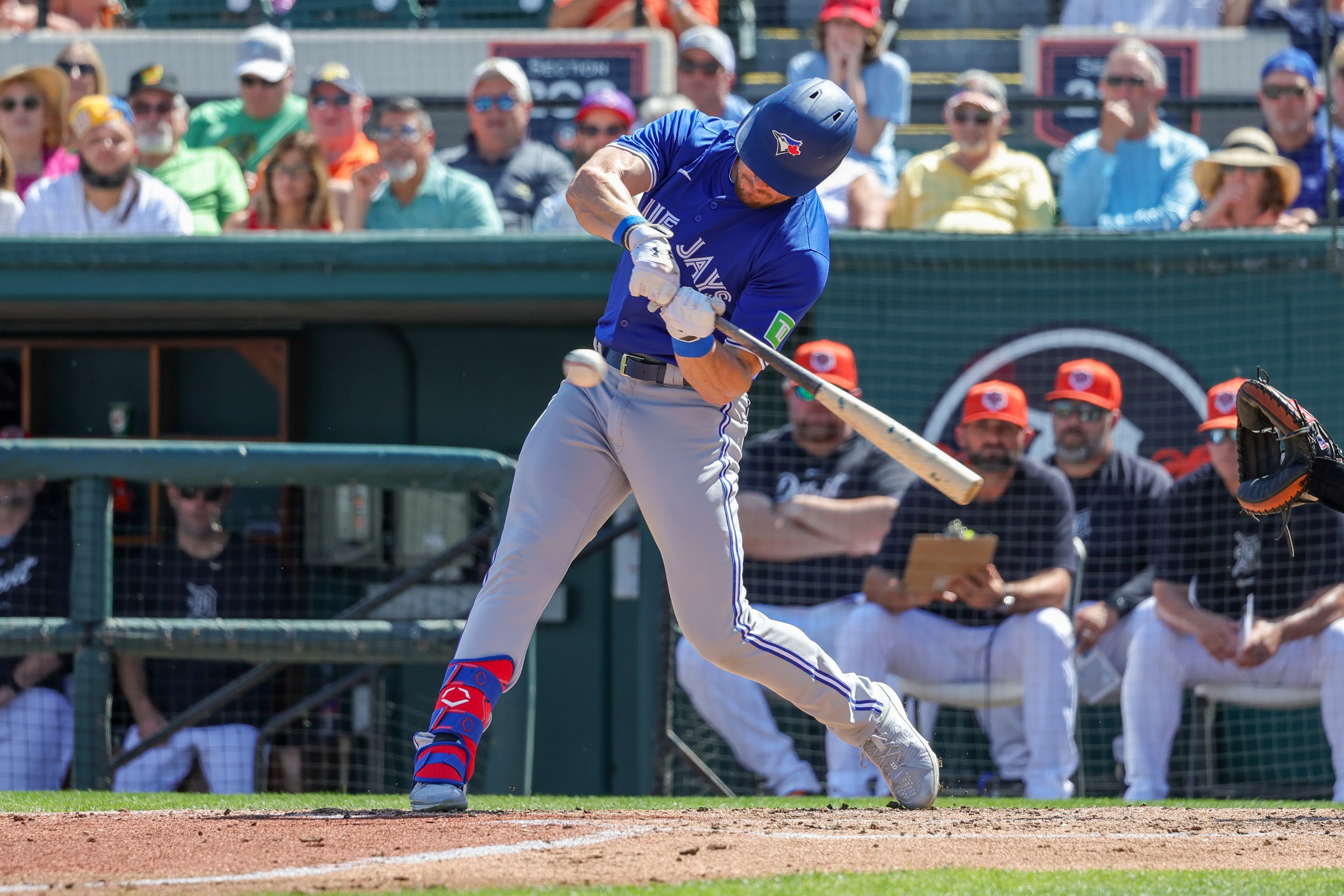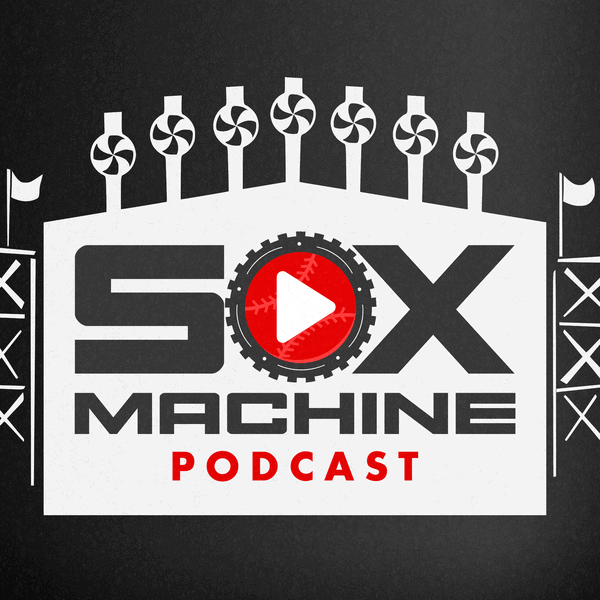Springtime is when a front office's thoughts turn to extensions, and while several players could theoretically be reasonable candidates, two tend to come to mind. There's Lucas Giolito, who is embarking on his first arbitration-eligible season, and would become a free agent after the 2023 season without a deal. The other is Andrew Vaughn, mostly because the White Sox's other highly touted prospects haven't been able to crack an Opening Day roster without agreeing to control the costs of their first six years, plus a year of free agency or two.
The likelihood of extensions are harder to ascertain for different reasons. Giolito would be a natural candidate, but he's driven hard bargains in the past, and he's an active member of the union. Vaughn, meanwhile, hasn't played a game above A-ball, whereas Eloy Jiménez and Luis Robert excelled at both levels of the high minors before signing their record pre-MLB extensions.
There still isn't much in the way of clarity, but there is a little more noise. At ESPN, Jeff Passan mentioned both cases in his season preview:
Vaughn hasn't taken a big league at-bat, but that hasn't stopped Chicago from trying to do with him what it did with center fielder Luis Robert, who signed a six-year, $50 million deal with two club options before his major league debut. Vaughn, chosen one pick after Bobby Witt in 2019, has been a revelation this spring and will only strengthen a lineup filled with players on long-term deals: Robert, Tim Anderson, Eloy Jimenez, Yoan Moncada -- and before that, Chris Sale and Adam Eaton, whose club-friendly deals kick-started their rebuild. Thus far, despite engaging with Vaughn and Lucas Giolito, the White Sox haven't been able to lock either down, according to sources.
Bob Nightengale tagged along, but couldn't advance the story any further.
The #WhiteSox have engaged in conversations with Lucas Giolito about a long-term contract extension, as @JeffPassan reported, but there have not been any formal contract proposals made just yet.
— Bob Nightengale (@BNightengale) March 17, 2021
Any outcome wouldn't surprise me, and I'm not really fixated on one or another. After the Sox pointed to their other contract extensions as a reason they couldn't shop at the top of the free agent market, I more or less consider all other options irrelevant to the task at hand. Whatever happens on the field over the next three years is going to have a whole lot more to say about what the Sox can do from here.
* * * * * * * * *
SPARE PARTS
Michael Baumann provides a good summary of how Lance Lynn became the pitcher he is today, with reflection from Lynn himself. I suppose Lynn is another extension candidate.
James Fegan goes into great detail about the evolution of Aaron Bummer's sinker, which was inspired by Zack Britton, but morphed into something else entirely after tinkering with grips to match Bummer's somewhat unorthodox delivery.
“The correlation between the two of us begins and ends, almost, with ‘left-handed’ and ‘sinker,'” Bummer said. “I would say 100 percent of people are trying to stay behind the baseball, stay on top of the baseball, to create vertical ride, to create spin efficiency. I’m kind of the opposite. I do a lot of things that coaches wouldn’t recommend by throwing the side of the baseball. But that’s what works for me, and that’s what creates the vertical movement that I have, which I think is from having a lower slot. And having a lower hand placement, to where I’m not necessarily on top of the ball, but I’m throwing … I don’t know the right verbiage of what it is to say what it is, but I throw the ball different.
“The way that the ball comes out of my hand, the spin axis is significantly different than most.”
One of my more misguided notions about the pandemic season was that games would be shorter. Not without a reason! The fanless game in Baltimore moved along at a brisk pace due in part -- or so I thought -- to the lack of a crowd, the in-game production aimed at it, and the foul balls into it. Alas, the average game took 3 hours and 7 minutes, with the strikeout rate setting a record for a 15th consecutive year.
Ben Clemens takes a good look at Eloy Jiménez's opposite-field power, noting that he registers a crazy percentage of barrels for hits going the other way, especially in the air. Jiménez does a ton of damage for a guy who hit more than half his batted balls on the ground, so imagine what it'd look like if he could wrestle that down to below 50 percent.
As the White Sox open a season on a new flagship station, Jon Greenberg wonders whether ESPN 1000 could ever capture the magic of Chris Rongey's postgame show, and the regular callers that made it special. Twitter gives White Sox fans the release valve they need, but as somebody who blogged through it -- and occasionally sparred with Rongey while doing so -- it's more fun when somebody knows how to be a foil and facilitator.
(Lucas Giolito portrait by Carl Skanberg)






